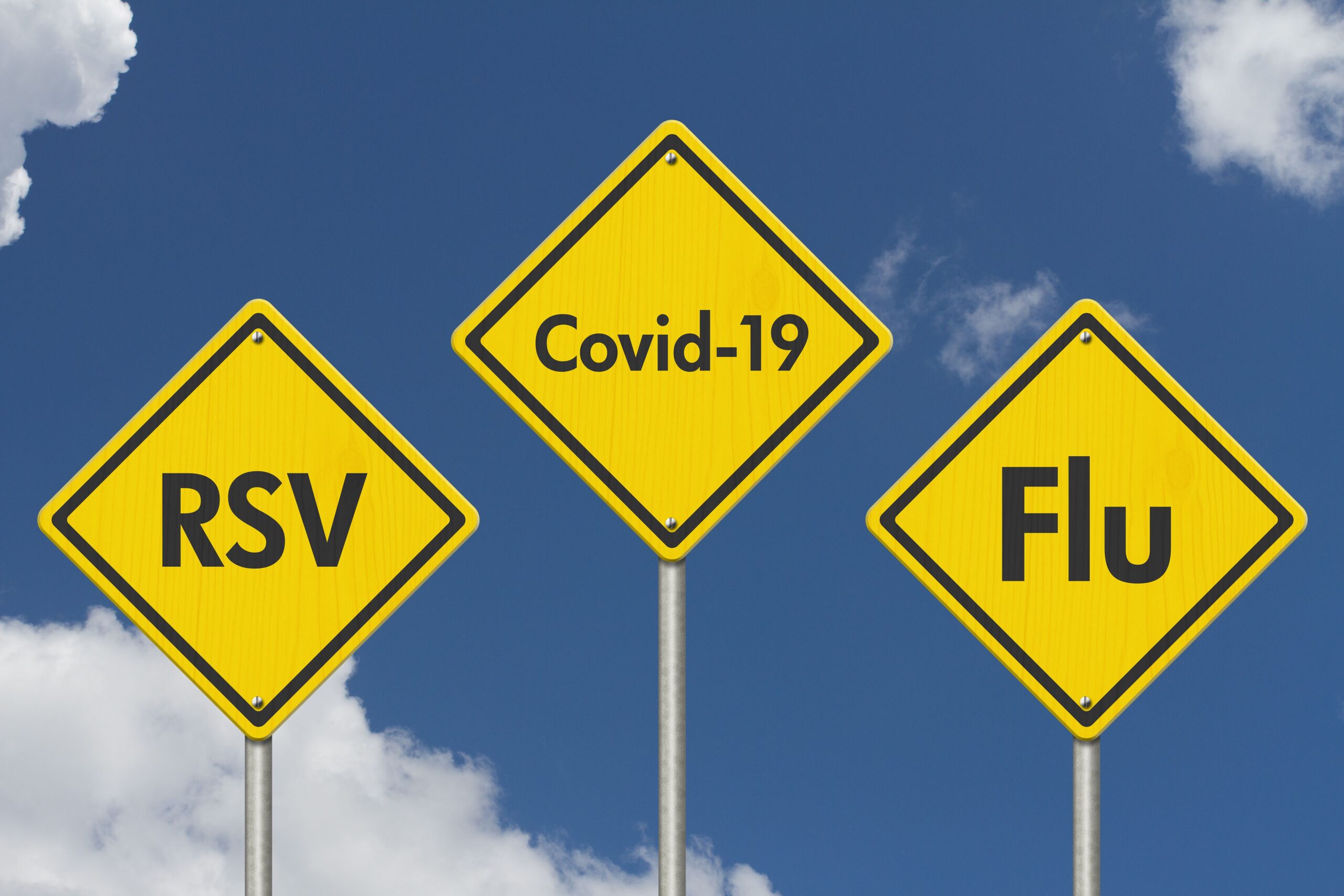Respiratory syncytial virus (RSV) is one of the main causes of acute respiratory infection (ARI) in older adults, specifically those with comorbidities and frailty. Despite this, testing for RSV in older adults is not as common as testing for other infections like influenza or COVID-19, causing the disease burden in adults to be underestimated.
To assess the burden of RSV in older adults, researchers used a new national hospital-based ARI Sentinel Surveillance (HARISS) system in England to describe the incidence, presentation, and clinical outcomes of RSV-associated ARI in older adults before the introduction of an RSV vaccine. The study authors, who published their findings in the Journal of Infection, noted that RSV infection is a more common cause of hospitalization in adults who reside in England, with comparable clinical outcomes to influenza.1
Image credit: Karen Roach | stock.adobe.com
RSV-ARI in Older Adults
RSV-ARI is an illness that is caused by RSV, which impacts the respiratory tract, resulting in severe outcomes like pneumonia and chronic respiratory diseases in older adults. According to the CDC, the ARI metric is used to track respiratory illness activity by monitoring emergency department visits from the common cold to more severe infections like influenza, COVID-19, and RSV.2
HARISS Study Design
The study included adults aged 65 years and older from 7 hospitals that were admitted for more than 24 hours with ARI symptoms during the winter of 2023 to 2024, involving a total of 2743 participants. The ARI symptoms allowed suspicion of diagnoses like pneumonia, acute bronchitis, or exacerbations of chronic conditions such as heart failure, frailty, and chronic obstructive pulmonary disease. The individuals were tested for RSV, influenza A and B, and COVID-19 within 48 hours of admission. Data for RSV cases were collected from October 30, 2023, to February 11, 2024, while data for influenza cases were collected from November 27, 2023, to March 31, 2024. The study authors noted that individuals who tested negative for all 3 viruses were included if they were admitted between October 30, 2023, and March 31, 2024.1
Using the Poisson regression, the researchers estimated the relative risk of clinical outcomes for RSV-ARI compared to influenza-associated ARI and test-negative ARI. However, when comparing the mortality between the groups, the researchers used Cox regression to estimate the hazard ratios. Additionally, the study authors noted that morality outcomes considered were death during hospitalization due to ARI, as well as all-cause morality at 30, 60, and 90 days.1
HARISS Results
Among the 2743 individuals, 720 adults were reported to test positive with RSV within 48 hours of admission across the 7 hospital sites, with peak RSV hospitalizations occurring during December 2023. Following, from November 2023 to March 2024, 1250 adults tested positive for influenza within 48 hours across 6 hospital sites.1
The results demonstrated that the hospitalization rate for RSV-ARI was 58.3 per 100,000, which was lower than the rate for influenza-associated ARI at 114.6 per 100,000 during the winter of 2023 to 2024. Additionally, hospitalization rates for both RSV and influenza increased with age.1
Further results demonstrated that 81% of patients with RSV-ARI had at least one comorbidity, with 26% of those being immunosuppressed. The most common reason for admission with RSV was the exacerbation of chronic illness, including lung or heart disease, or frailty, displaying a combined incidence of 33.1 per 100,000. However, symptoms and clinical outcomes, such as mortality, were similar between the 3 groups, with a 10.6% 30-day mortality for RSV-ARI and 8.7% for influenza-ARI.1
The findings emphasize the need for consistent and routine testing for RSV in hospital settings due to the lack of a characteristic profile for RSV-ARI to reduce mortality and aid prevention.1
